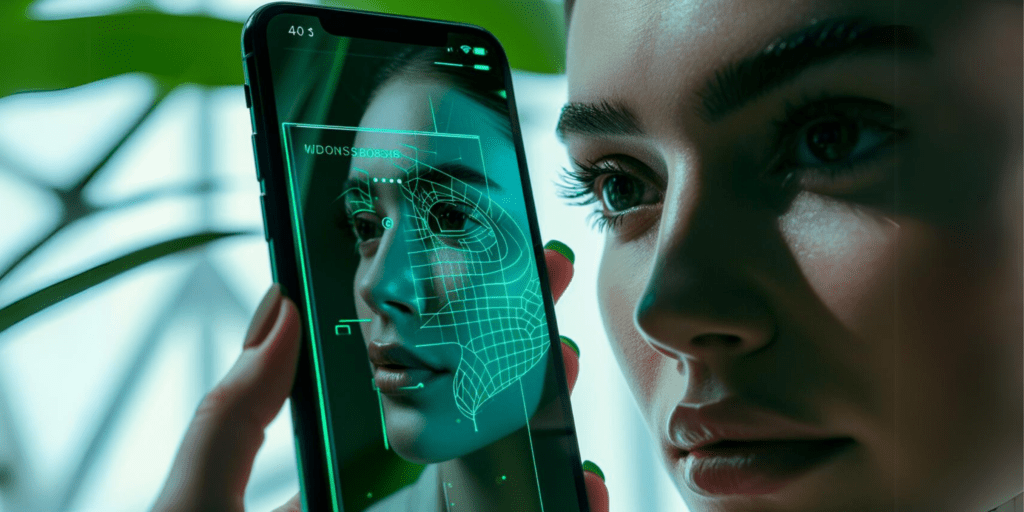Reality and digital fabrication blurs, and the phenomenon of deep fakes stands at the forefront of modern technological dilemmas. These sophisticated digital creations, capable of mimicking human likeness with eerie accuracy, are no longer just a novelty but a fixture in our daily digital landscape.
The recent advancements, exemplified by Open Ai’s Sora system, signal a tipping point where any form of media—audio, video, or imagery—can be generated with astonishing realism in seconds. This rapid evolution presents unprecedented challenges in discerning truth from fiction, pressing us to question the authenticity of our daily content.
The implications of deep fakes extend far beyond the mere technical feat; they touch the fabric of our cognitive processes, decision-making, and societal trust. As these AI-generated mirages become more indistinguishable from authentic content, distinguishing natural from synthetic becomes a technical and mental challenge.
But what can be done in the face of such convincing digital deceit? While Big Tech grapples with the Herculean task of detection, the solution may lie in a more ancient human skill: critical thinking. As we navigate this new digital frontier, the ability to critically assess and question the information we encounter becomes paramount.
This introduction sets the stage for a comprehensive exploration of deep fakes, their implications, and the collective effort required to safeguard the truth in the digital age.
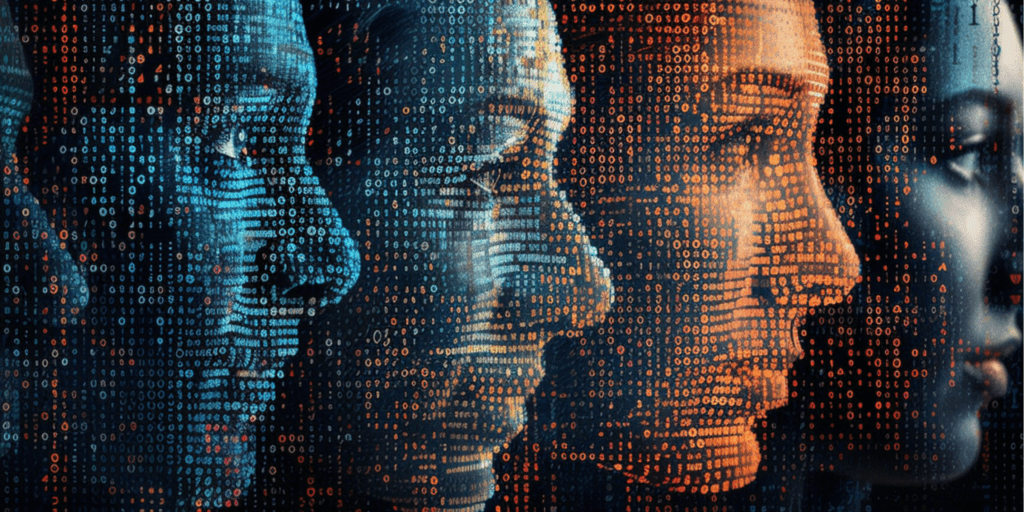
The Impact of Deep Fakes
The advent of deep fakes marks a critical juncture in the digital era, where the veracity of visual and auditory information is perpetually in question. These AI-generated facsimiles, with their ability to mimic human appearance and voice with uncanny precision, not only challenge our ability to discern real from synthetic but also have profound cognitive repercussions.
This section explores the multifaceted mental impact of deep fakes, shedding light on how they influence human perception, memory, and trust—cornerstones of our psychological makeup.
The concept of deception is at the heart of the cognitive impact of deep fakes. Unlike traditional forms of misinformation, deep fakes leverage the visceral power of seeing and hearing to convince. Humans are inherently predisposed to trust their senses; when those senses are manipulated by hyper realistic AI creations, the potential for belief in falsehoods increases.
Research indicates that while deep fakes are convincing, the rate of outright faith in their fabrications is lower than one might expect. This suggests a complex interplay between seeing, believing, and the underlying scepticism or critical thinking individuals may apply when encountering potential misinformation.
More insidious than outright deception is the uncertainty and doubt deep fakes sow in the public’s mind. Exposure to deep fakes can leave individuals unsure of their ability to distinguish real from fake.
This leads to cognitive dissonance, eroding trust in one’s judgment. This uncertainty extends beyond the immediate context, affecting overall trust in media and institutions. As deep fakes proliferate, they could potentially erode the foundational trust necessary for societal cohesion. This leads to a pervasive scepticism that undermines social discourse and democratic processes.
The cognitive impact of deep fakes on memory is particularly alarming. Studies have shown that exposure to AI-generated content can create false memories, where individuals recall seeing or hearing things that never occurred.
This phenomenon, known as the misinformation effect, is exacerbated by the realism of deep fakes. People are more likely to misremember details and incorporate these falsehoods into their understanding of the world. This manipulation of collective memory through synthetic media poses significant challenges to the accuracy of historical records and the integrity of personal experiences.
Deep fakes directly impact trust in news and information, critical components of a well-informed public. As people become aware of the existence and sophistication of deep fakes, their faith in all forms of media may diminish, leading to a paradoxical situation where actual news is doubted, and fake news finds fertile ground.
This degradation of trust has tangible consequences for democratic societies, where informed citizenry is essential for the functioning of democracy.
The cognitive challenges posed by deep fakes necessitate a concerted effort to bolster our mental defences. This involves enhancing critical thinking skills, promoting media literacy, and fostering scepticism towards too-good-to-be-true information.
Education systems and public awareness campaigns are pivotal in equipping individuals with the tools to discern truth in an increasingly synthetic landscape. Moreover, understanding the cognitive impact of deep fakes is crucial for developing effective countermeasures, including technological solutions and regulatory frameworks that can mitigate their deleterious effects.

Political Deep Fakes
The realm of politics, where perception often influences reality, has become a fertile ground for deploying deep fakes, raising significant concerns about their potential to manipulate public opinion, disrupt democratic processes, and undermine trust in political institutions.
Deep political fakes—synthetic media that convincingly depict public figures saying or doing things they never did—pose unique challenges and risks. This section delves into the impact of political deep fakes, supported by key findings from relevant studies. It explores the broader implications for democracy and public trust.
Deep political fakes can dramatically alter public perception of leaders and political issues. These AI-generated videos and audio clips can distort the political landscape by fabricating scenarios or statements that can sway opinion or inflame tensions.
This uncertainty can erode confidence in authentic political communication, making it harder for citizens to discern truth from manipulation.
One of the most insidious effects of political deep fakes is the erosion of trust in news and media. Scepticism becomes a default response in an environment where any statement or event can be convincingly faked, leading to a generalized distrust of information sources.
This scepticism extends beyond the fake content, impacting how people perceive genuine news. The study above showed that exposure to deceptive deep fakes led to lower trust levels in information shared on social media, a troubling trend in an era where informed citizenship is crucial for democratic engagement.
Democratic processes rely on informed and engaged electorates making decisions based on factual information. Political deep fakes threaten this foundation by introducing false narratives and misleading representations into the public discourse.
The potential for these fabrications to influence election outcomes, sway public opinion on policy issues, and undermine the legitimacy of elected officials is a stark challenge to the integrity of democratic systems.
The ability of deep fakes to create plausible deniability for genuine statements or actions further complicates the political landscape, enabling what is known as the “liar’s dividend,” where truth becomes disputable and falsehoods gain traction.
Addressing the threat of political deep fakes requires a multifaceted approach that includes technological, regulatory, and educational strategies. Technical solutions involve developing more sophisticated detection methods to identify deep fake content before it spreads.
Regulatory measures, such as the US DEFIANCE Act and the UK Online Safety Act, aim to establish legal frameworks for penalizing the creation and distribution of malicious synthetic media.
Education and media literacy campaigns are critical for empowering individuals to critically assess the authenticity of political content, fostering a discerning public that can navigate the complexities of digital misinformation.
The challenge posed by political deep fakes is manageable. Still, it demands a proactive and collaborative effort from governments, technology companies, civil society, and individuals. Enhancing digital literacy, strengthening the legal and regulatory frameworks, and advancing AI detection technologies are essential steps in safeguarding democratic processes and public trust against the disruptive potential of synthetic media.
As we move forward, the collective commitment to transparency, accountability, and critical engagement will be pivotal in mitigating the impact of deep political fakes and preserving the integrity of political discourse.
Deep Fakes in Entertainment
The infiltration of deep fakes into the entertainment industry presents a dual-edged sword, blending creative innovation with ethical quandaries. While the potential for groundbreaking storytelling and posthumous performances is tantalizing, the implications for copyright infringement, consent, and the alteration of cultural memories are profound.
This section explores the impact of deep fakes in entertainment, highlighting both the opportunities for artistic expression and the challenges to authenticity and ethical standards.
Deep fake technology has opened new horizons in the realm of entertainment, allowing filmmakers, advertisers, and content creators to push the boundaries of reality. The technology can resurrect iconic performances by deceased actors, enabling them to star in new works or complete unfinished projects.
Deep fakes offer the possibility of age manipulation, where actors can be convincingly portrayed at any age, bypassing the limitations of makeup or CGI. This capability enriches storytelling, providing creators with unparalleled flexibility to realize their artistic visions.
The use of deep fakes in entertainment is not without significant ethical and legal challenges. The foremost concern is the issue of consent: using an individual’s likeness without permission raises questions about autonomy and respect for personal identity.
There’s also the potential for deep fakes to be used in creating explicit or harmful content, exploiting individuals’ images in ways they never consented to. From a legal perspective, deep fakes blur the lines of copyright law, challenging traditional notions of ownership and copyright infringement in the digital age.
The entertainment industry’s adoption of deep fake technology also has implications for public perception and collective memory. As illustrated by the 2023 study on fake movie remakes, deep fakes can influence how people remember cultural products, even leading to the formation of false memories about films and performances that never existed.
This manipulation of collective memory could alter our understanding of cultural heritage, distorting the legacy of artists and works that are central to societal identity.
Navigating the complex landscape of deep fakes in entertainment requires a concerted effort from industry stakeholders and regulators. The entertainment industry must develop ethical guidelines for the use of deep fake technology, ensuring that any use respects individual consent and copyright laws.
Regulatory frameworks may also need to adapt, providing clear guidelines on the use of digital likenesses and the boundaries of copyright in the context of AI-generated content. Transparency with audiences about the use of deep fakes in productions can help maintain trust and integrity in the creative process.
As deep fake technology continues to evolve, its role in the entertainment industry will likely expand, offering new creative possibilities while posing ongoing ethical challenges. The balance between harnessing the innovative potential of deep fakes and safeguarding ethical standards will be crucial.
Open dialogue among creators, audiences, legal experts, and ethicists is essential to navigate the ethical minefield and ensure that the use of deep fakes in entertainment respects both artistic freedom and individual rights.
The future of deep fakes in entertainment hinges on finding this equilibrium, fostering an environment where technology enhances creative expression without compromising ethical values or cultural integrity
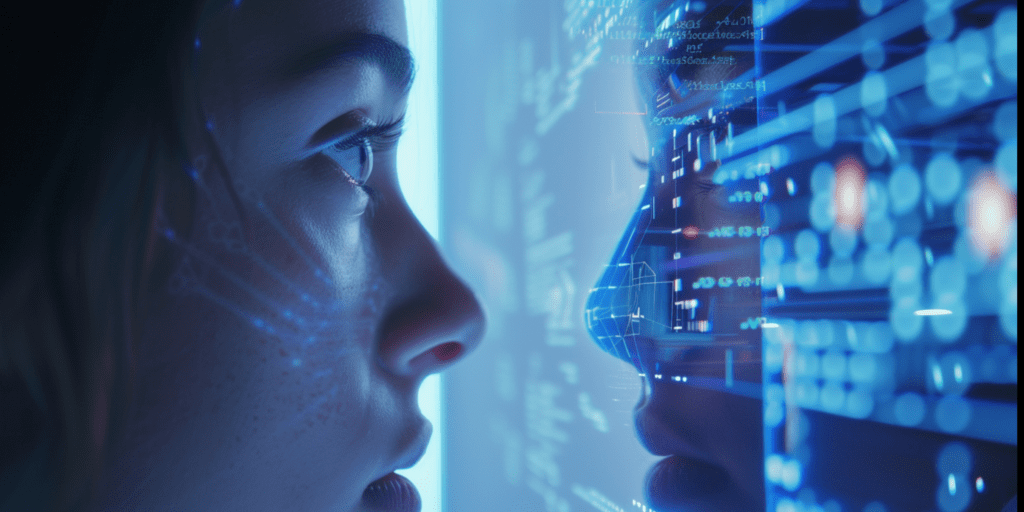
The Challenge of Detection
Detecting deep fakes presents a formidable challenge, underscored by the rapid advancement of AI technologies that improve their realism and complexity. As these synthetic creations become increasingly indistinguishable from authentic content, distinguishing between real and fake media requires technological sophistication and a nuanced understanding of the limitations and potential biases inherent in detection methodologies.
This section delves into the technical and social hurdles faced in identifying deep fakes, highlighting the ongoing battle between creators and detectors of this deceptive form of media.
The development and detection of deep fakes constitute an ongoing arms race. As detection methods become more advanced, so do the techniques used to create deep fakes, often leveraging the same AI advancements. This dynamic creates a perpetual cycle of action and reaction, where each improvement in detection methods prompts a corresponding evolution in deep fake generation.
Current detection techniques focus on identifying inconsistencies in visual and auditory cues, such as unnatural blinking patterns, lip-sync errors, or irregularities in skin texture. However, as deep fake algorithms incorporate feedback from failed detection attempts, they rapidly adapt, reducing these inconsistencies and making fakes more challenging to identify.
Detection methods themselves have inherent limitations. Many rely on subtle cues that can be variable across genuine content, leading to false positives or negatives. For example, poor video quality or unusual lighting conditions can mimic the artefacts detection algorithms seek, leading to the erroneous identification of authentic content as deep fakes.
The effectiveness of detection tools can vary significantly depending on the type of deep fake, the technology used to create it, and the medium through which it is disseminated. This variability complicates the development of universally effective detection solutions.
Beyond the technological aspects, the challenge of deep fake detection also entails significant social and ethical implications. The reliance on automated detection systems raises privacy concerns, as these systems may require analyzing vast amounts of personal data to identify fakes effectively.
The potential for bias in detection algorithms can result in unequal scrutiny or exposure to false accusations, impacting specific individuals or groups disproportionately.
Given the limitations of purely technical solutions, human oversight remains a critical component of the detection process. Fact-checkers, content moderators, and forensic experts play an essential role in verifying the authenticity of content, especially in contexts with high stakes, such as political discourse or legal evidence. However, human reviewers are not infallible and can be influenced by their biases or overwhelmed by the volume of content requiring verification.
Addressing the challenge of deep fake detection necessitates a multifaceted approach that combines technological innovation, human expertise, and regulatory oversight. Collaboration across sectors, including academia, industry, and government, is crucial for developing and standardizing detection methods.
Raising public awareness and promoting digital literacy can empower individuals to critically assess the content they encounter, adding a layer of societal defence against the deceptive potential of deep fakes.
Societal Repercussions
The emergence of deep fake technology has raised technical and ethical concerns and profound societal repercussions. The ability to create convincingly realistic counterfeit videos, images, and audio files has implications that ripple across the fabric of society, affecting everything from political discourse to personal relationships, public trust, and the very foundation of truth and reality.
This section explores the broad societal impacts of deep fakes, highlighting the challenges they pose to social cohesion, democratic institutions, and individual privacy and security.
One of the most immediate societal impacts of deep fakes is the erosion of public trust. As deep fakes become more common and sophisticated, the public’s ability to trust the media, governmental institutions, and even interpersonal communications is undermined.
This scepticism extends beyond the content, affecting perceptions of genuine articles, videos, and photographs. In a world where seeing is no longer believing, the foundational trust that underpins our news and information ecosystems and the social contracts that bind communities together is at risk.
Deep fakes directly threaten democratic institutions by compromising the integrity of elections, public discourse, and the accountability of public figures. The potential for deep fakes to spread misinformation, manipulate electoral outcomes, and undermine public figures through fabricated scandals can destabilize democratic processes.
Using deep fakes to create divisive or inflammatory content can exacerbate social divisions, fuel polarization, and weaken the fabric of democratic society.
The legal and judicial systems face unique challenges in the age of deep fakes. The potential use of fabricated evidence in courtrooms, the difficulty in prosecuting the creators of deep fakes due to anonymity and jurisdictional issues, and the evolving nature of digital consent and copyright infringement are all areas of concern.
Establishing the authenticity of digital evidence has become more complex, requiring new standards and technologies to ensure the fairness and integrity of legal proceedings.
Deep fakes also have significant implications for personal privacy and security. The unauthorized use of individuals’ likenesses to create compromising or harmful content can lead to reputational damage, emotional distress, and even physical threats. The potential for deep fakes to be used in blackmail, identity theft, and other forms of cybercrime raises severe concerns about individual rights and protections in the digital age.
Addressing the societal repercussions of deep fakes requires collective action from governments, technology companies, civil society, and individuals.
Regulatory and legislative measures, technological solutions for detection and verification, public awareness campaigns, and educational initiatives in media literacy are all critical components of a comprehensive response to the challenges posed by deep fakes.
Collaboration across sectors and borders is essential to develop effective strategies that protect democratic values, individual rights, and the integrity of public discourse.
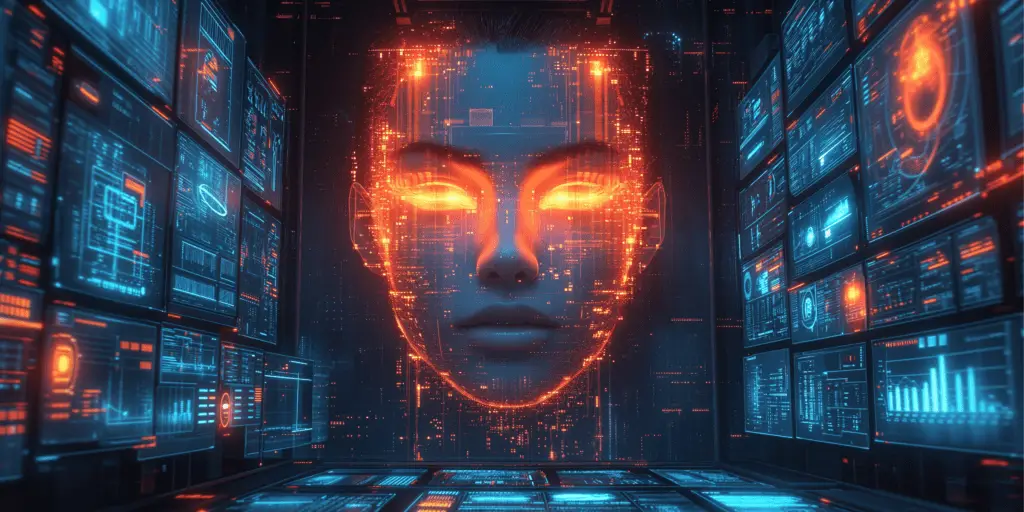
Strategies for Combatting Deep Fakes
Combatting deep fakes demands a comprehensive and adaptive approach, intertwining technological innovation, legal frameworks, educational initiatives, and public awareness to counter their potential harms effectively.
The development of advanced AI-based detection algorithms is crucial at the technological forefront. These tools, constantly refined to match the evolving sophistication of deep fakes, can identify inconsistencies in digital content.
At the same time, blockchain technology offers a method to verify media authenticity through immutable records. Digital watermarking also plays a vital role, embedding markers in authentic content to distinguish it from fabricated media.
Legally, the enactment of specific legislation targeting the malicious creation and dissemination of deep fakes is necessary, alongside international cooperation, to overcome jurisdictional hurdles and establish global standards.
Clear liability frameworks for platforms and creators will encourage the proactive identification and removal of harmful content.
Educationally, investing in media literacy from an early age equips individuals with critical skills to discern credible content online. Public awareness campaigns and specialized training for journalists and fact-checkers further enhance society’s ability to recognize and respond to deep fakes.
Ethically, the development and use of AI must adhere to strict guidelines promoting transparency and responsibility, supported by industry collaboration to share detection technologies and ethical practices. Open-source initiatives can democratize access to these tools, fostering a collective defence against deep fakes.
Engaging a broad coalition of stakeholders, including tech companies, content creators, civil society, and governments, is essential for devising effective counter-strategies. Implementing robust content moderation practices and establishing precise reporting mechanisms for users to flag suspected deep fakes ensure rapid action can be taken to mitigate their spread.
This multi-pronged strategy, evolving in response to technological advancements and societal needs, underscores the dynamic effort required to safeguard digital integrity and maintain trust in the media landscape.
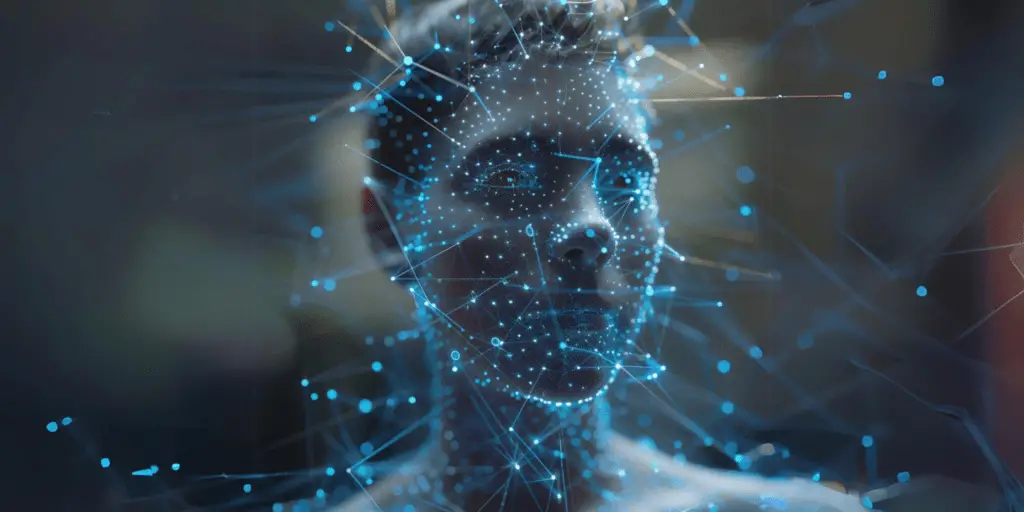
Final Thoughts
The path forward demands a coordinated, multi-disciplinary approach that balances innovation with ethics, security, and the protection of democratic values. The complexity of combatting deep fakes reflects the broader dilemmas of our digital age, where technological advancements offer extraordinary opportunities and unprecedented challenges.
Final thoughts on this issue underscore the necessity of vigilance, collaboration, and adaptation in the face of evolving digital threats. The technological arms race between deep fake creators and those developing detection methods will continue.
Technology alone cannot solve the problem. A robust legal framework, both national and international, is essential to deter the malicious use of deep fakes, penalize offenders, and protect individuals’ rights. This legal scaffolding must be flexible enough to adapt to new technological developments while ensuring it does not stifle innovation or infringe on freedom of expression.
Education and public awareness form the cornerstone of the path forward. By equipping individuals with the skills to critically evaluate digital content, society can build a resilient defence against misinformation.
This endeavour requires embedding media literacy into educational curricula from an early age and continuing to educate the public about the potential dangers and signs of deep fakes.
Ethical guidelines for AI development and use are critical. The tech industry must take responsibility for the tools it creates, ensuring they are developed and used in ways that do not harm society.
Collaboration across sectors, including tech companies, academia, civil society, and governments, will be pivotal in sharing knowledge, best practices, and strategies for mitigating the impact of deep fakes.
The path forward also involves fostering a culture of ethical content creation and consumption. Content creators and platforms have a role in moderating and flagging potentially deceptive content, supported by technologies that ensure transparency about the origins and authenticity of digital media.
The challenge of deep fakes is emblematic of the broader ethical and societal dilemmas posed by rapid technological advancements. Combatting this threat requires a holistic strategy that includes technological innovation, legal and regulatory measures, education, and ethical AI development.
As we move forward, the collective efforts of individuals, governments, and the private sector will be crucial in navigating the complexities of deep fakes, ensuring that technology enhances, rather than undermines, the fabric of truth and trust that underpins our society.
The journey ahead is fraught with challenges, but through collaboration and innovation, we can forge a future where the digital realm remains a space for authentic expression and democratic engagement.


